Rome and Kyiv have one thing in common – the distinctive whine of motor-scooter engines in the night. The difference is that in Kyiv the high, Vespa-like noise does not rise from the streets but drifts down from among snow-laden clouds. It’s the unmistakable sound made by Iranian-designed Shahed-136 suicide drones, essentially modern-day doodlebugs armed with warheads big enough to collapse a medium-sized building.
Already a subscriber? Log in
Subscribe for just $2 a week
Try a month of The Spectator Australia absolutely free and without commitment. Not only that but – if you choose to continue – you’ll pay just $2 a week for your first year.
- Unlimited access to spectator.com.au and app
- The weekly edition on the Spectator Australia app
- Spectator podcasts and newsletters
- Full access to spectator.co.uk
Or
Unlock this article
You might disagree with half of it, but you’ll enjoy reading all of it. Try your first month for free, then just $2 a week for the remainder of your first year.

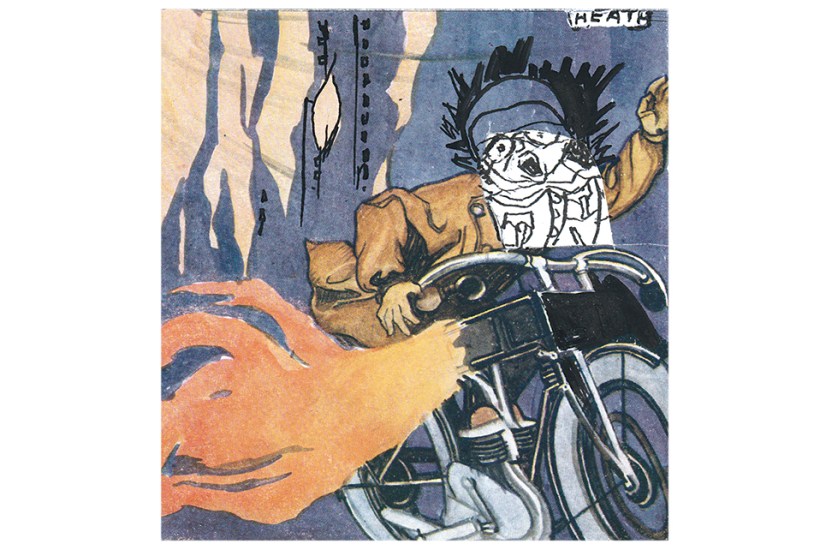
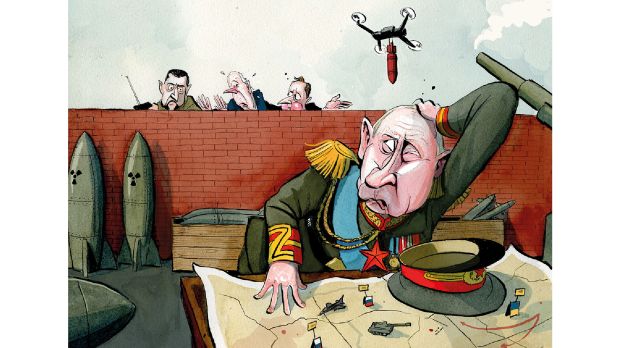
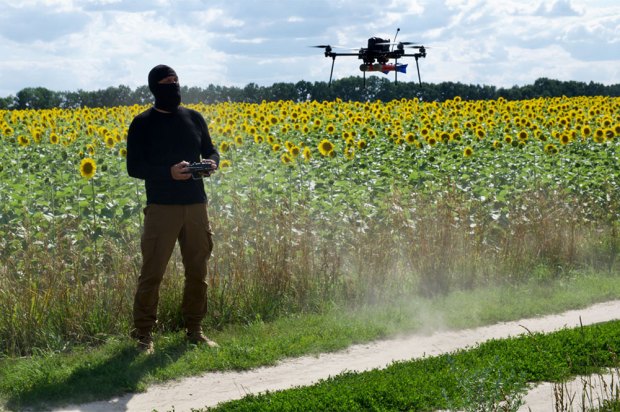
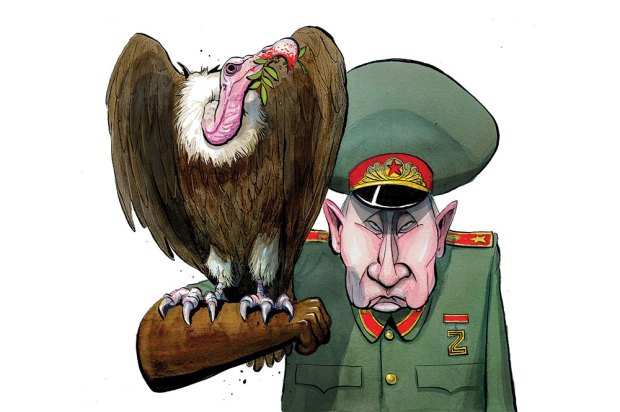
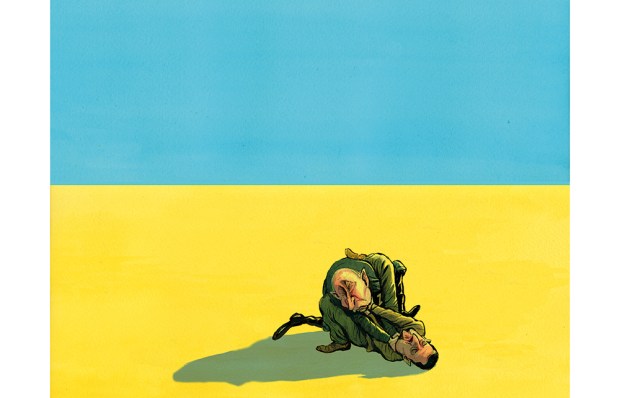
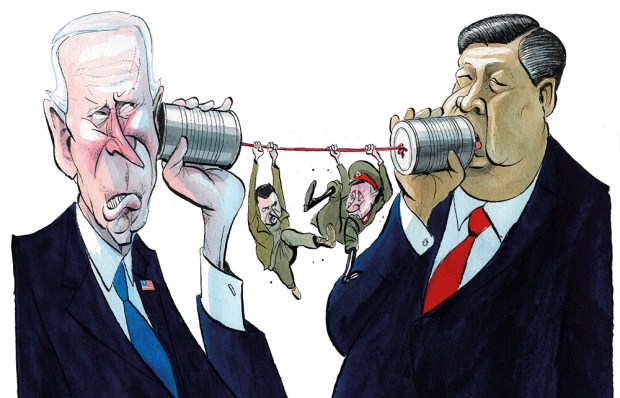






Comments
Don't miss out
Join the conversation with other Spectator Australia readers. Subscribe to leave a comment.
SUBSCRIBEAlready a subscriber? Log in